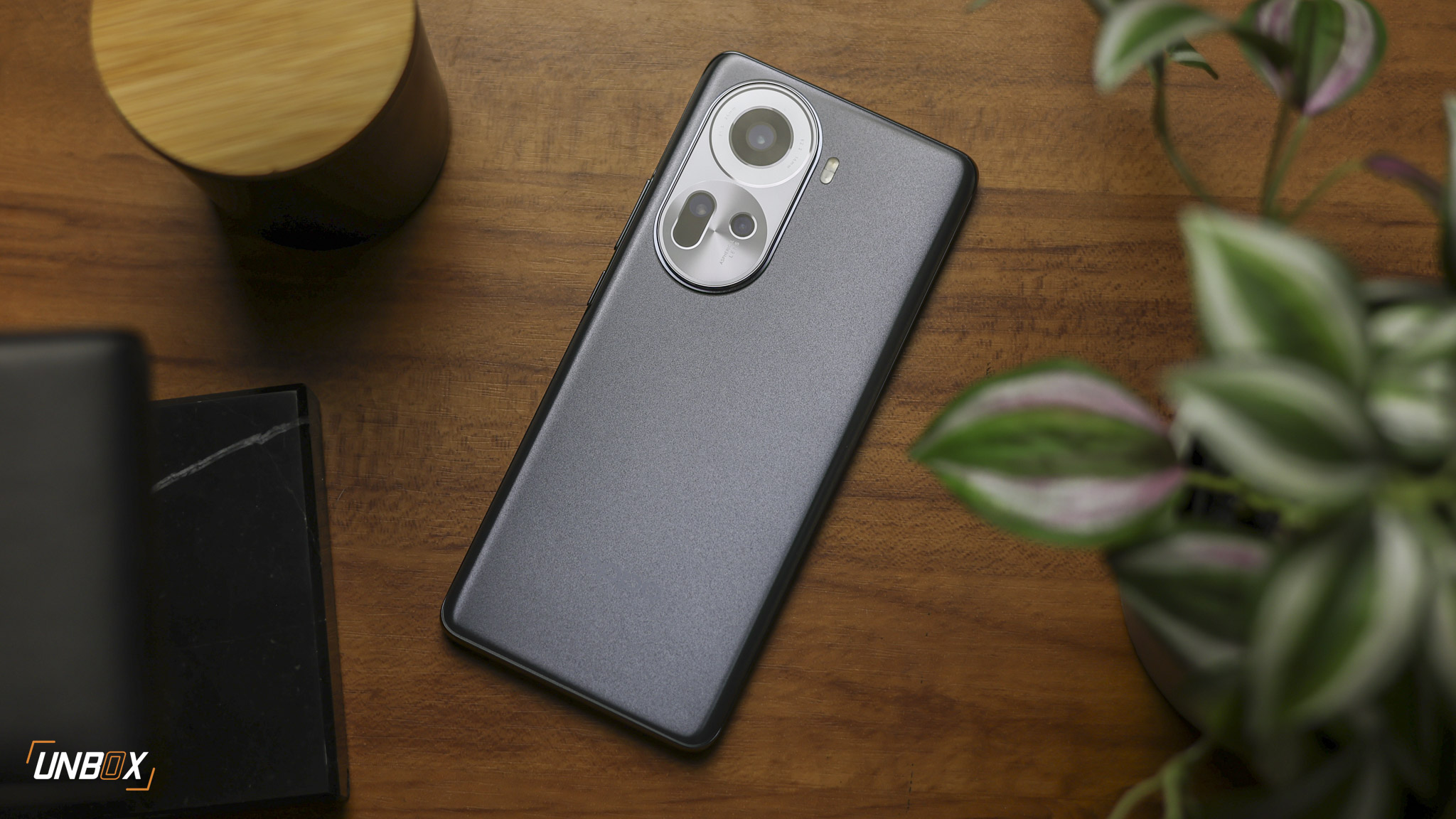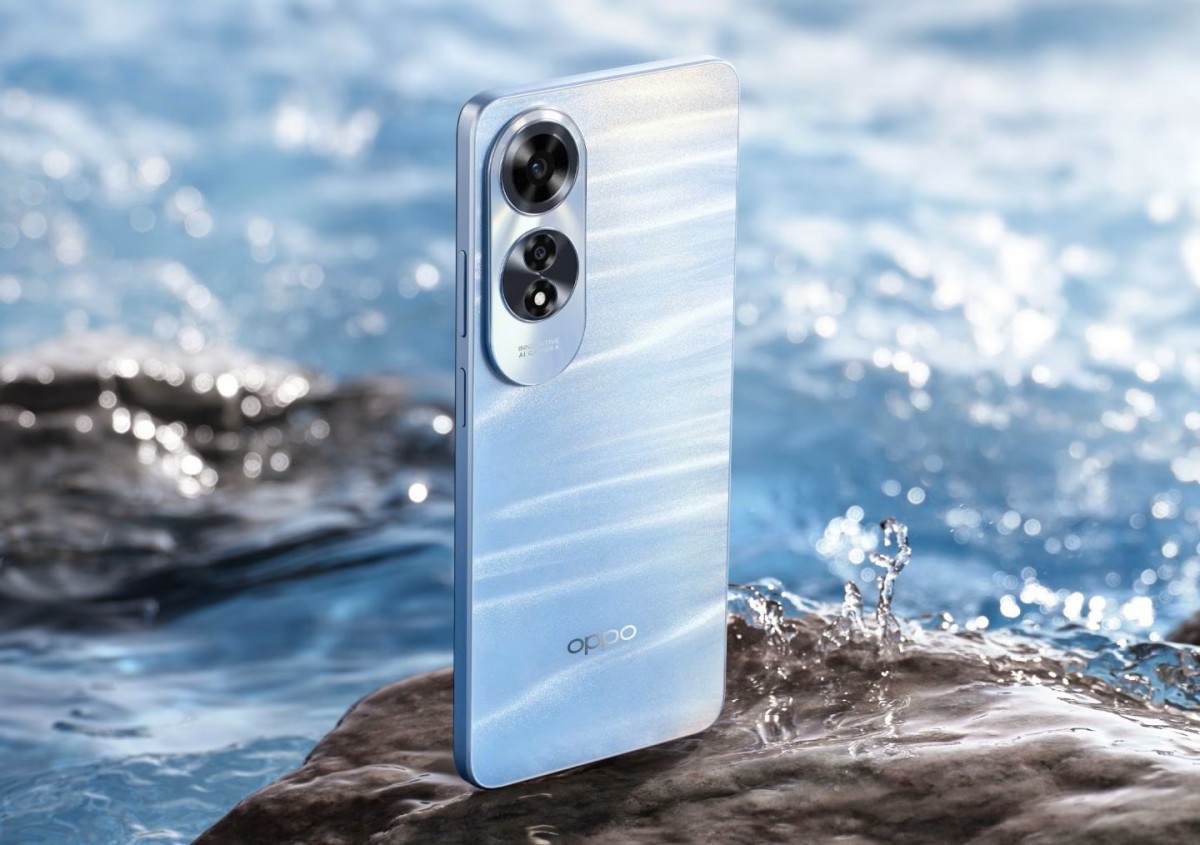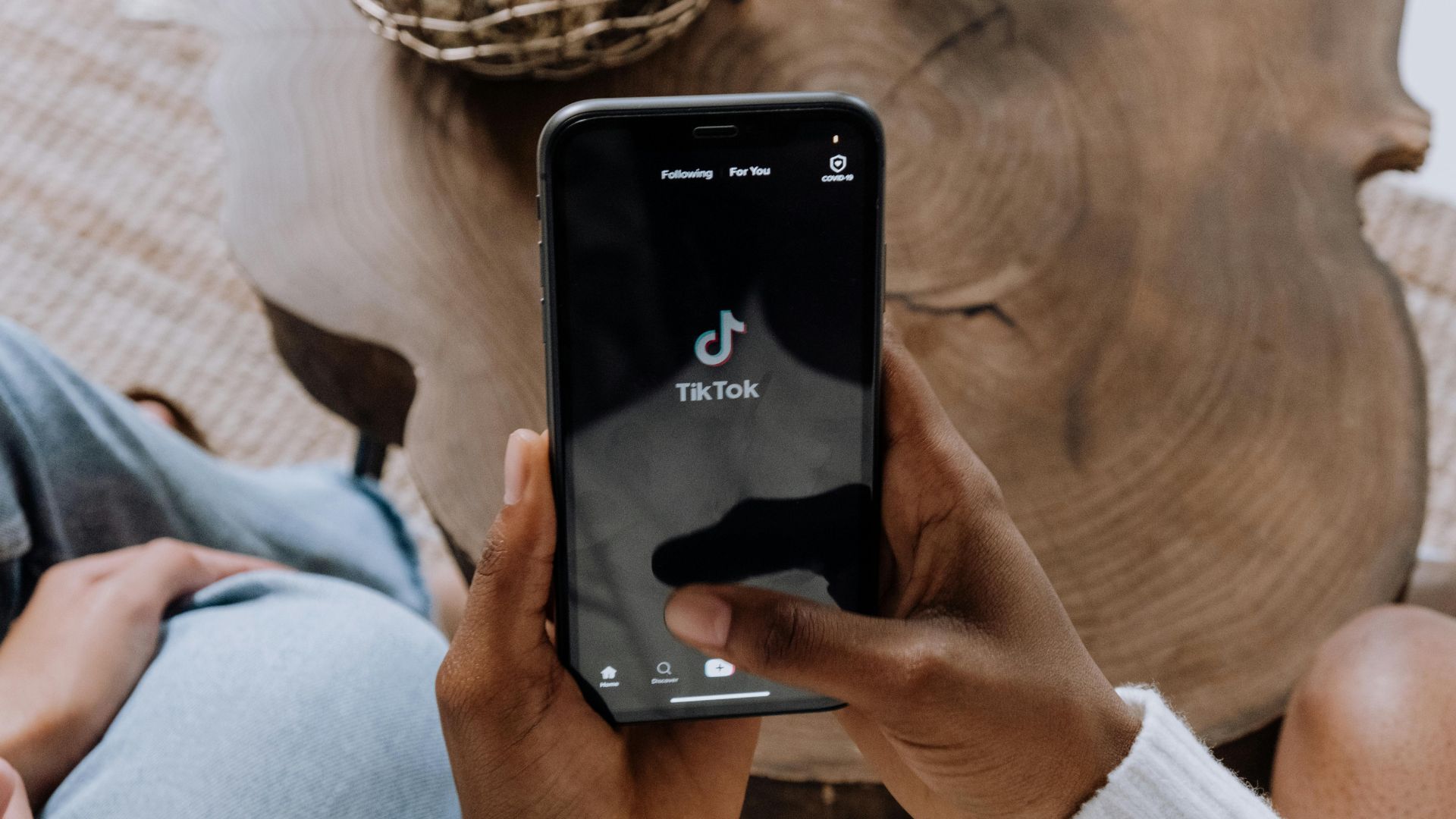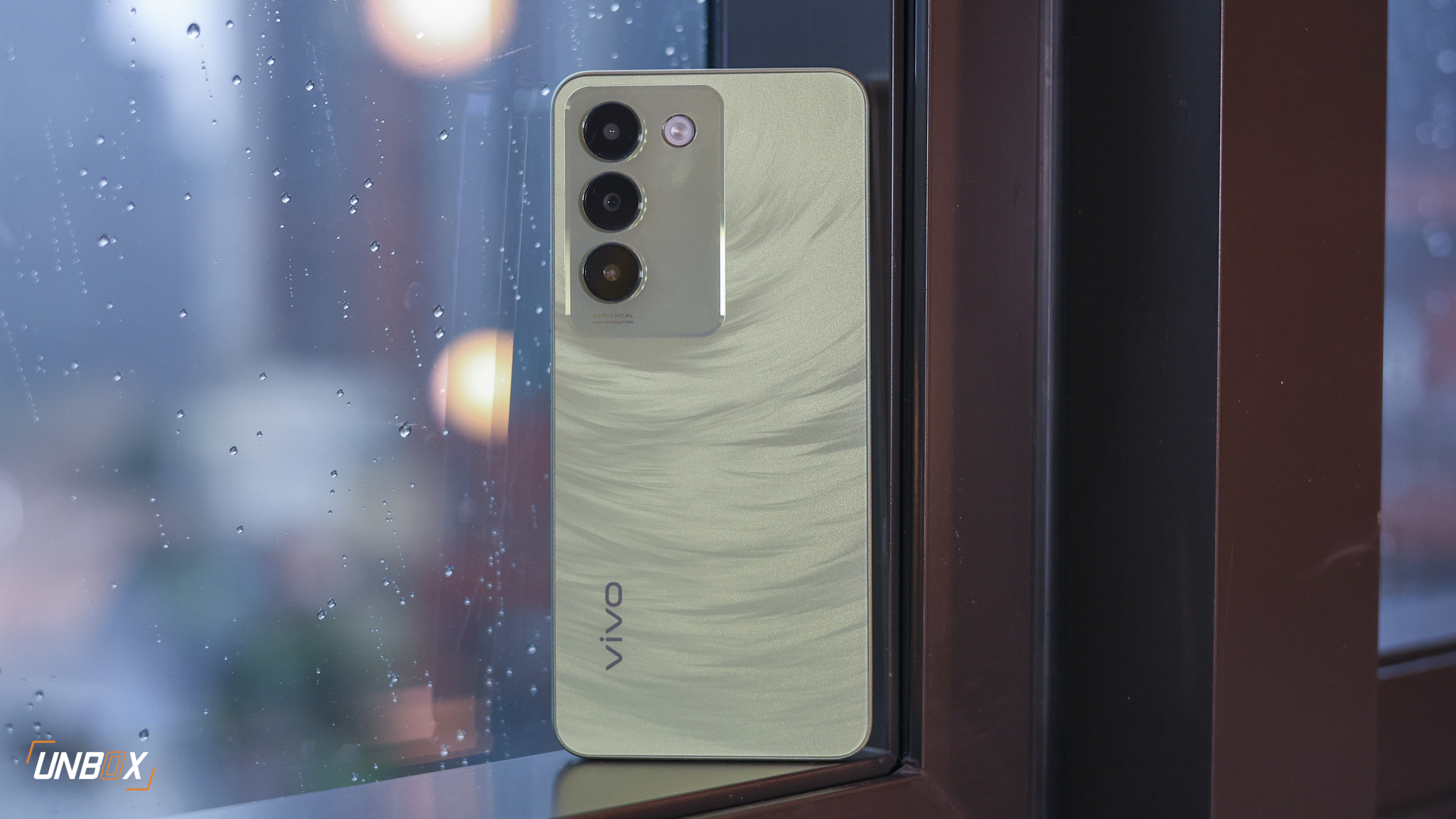Both are good buys for the budget-minded smartphone user
The Samsung Galaxy J7 Core and OPPO A71 — both marketed as speedy budget phones, were launched on the same day a few weeks ago. Now that we got our hands on both phones, let us do a quick physical comparison.
For the tech sheet comparison, check out this article
On the first impression, the Galaxy J7 Core is clearly bigger than the A71 as it sports a 5.5-inch display (compared to the 5.2-inch panel found on the A71).

As the J7 Core is bigger, this also makes the phone wider compared to the A71. To make up for the size, the J7 Core has a recessed top and bottom (you’ll notice the corners protruding here in the photo), making it easy to grip in times where you play games, watch videos, or take photos in landscape mode.

As we look at the back, the A71 uses a smooth matte polycarbonate unibody, while the J7 Core has a textured plastic rear cover. The A71’s rear feels more premium but it is prone to smudging compared to the textured plastic (paired with metallic sides) found in the J7 Core.

Both phones have a noticeable camera bump, with the J7 having a bigger one as it sports a f/1.9 camera (compared to the A71’s f/2.2 camera).

As for the screen, you can see the difference between an AMOLED display (used in the J7 Core) and IPS display (used in the A71). Colors are natural on A71, while on an J7 Core the colors are vibrant. The difference was pronounced when I ran a benchmark test using Epic Citadel. Between the two, the J7 Core’s AMOLED Display rendered game details better compared to the A71’s IPS Display.

What About Power?
The big question is if the Samsung Galaxy J7 Core have a lower benchmark since it only has 2GB of RAM compared to the A71’s 3GB of RAM. After testing, the results are almost the same. The A71 recorded a peak average FPS of 49.5 while the J7 Core recorded a peak average of 49.
How is this possible? The J7 Core’s Exynos 7870 is a much modern processor, made through a 14nm process (the MT6750 found in the A71 is made using a 28nm process). Also, the Exynos 7870 has a slightly faster clock speed at 1.6Ghz (compared to 1.5Ghz in the MT6750). The OPPO A71 makes up the difference with the RAM bump.
Full Review of the J7 Core Coming Soon
In the next few days, we’ll continue to put the Samsung Galaxy J7 Core through the paces and we should be able to publish our full review within the week. As far as initial impressions go though they’re pretty neck-to-neck with no clear standout winner between the two. Maybe there will be a more definitive answer after we’ve spent enough time with the J7 Core.








